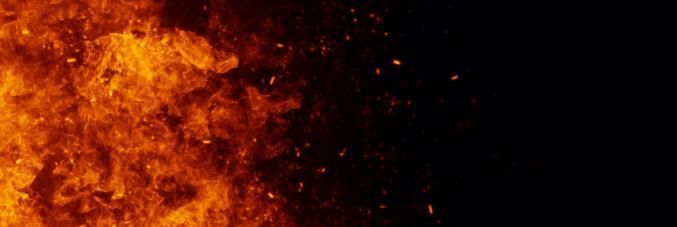
The potential accumulation of flame retardants in the food chain
13.10.2021
A study conducted by a research team from the University of Padua and the Ca' Foscari University of Venice investigates the potential accumulation of flame retardants (FR) in the food chain. Published in the journal Chemosphere, the study entitle Maize plant (Zea mays) uptake of organophosphorus and novel brominated flame retardants from hydroponic cultures, examines the chemical additives applied to a wide range of products (textiles, foams, electrical devices, wood, insulation, and construction materials) that increase fire resistance by preventing or slowing down the growth of fire.
Research confirms the potential of flame retardants - chemical additives applied to a wide range of materials to increase fire resistance - to accumulate in plants and thus enter into the food chain with a possible impact on human health.
“Scientific literature has long considered flame retardants to be toxic for humans and dangerous for the environment. This study includes a large number of experimental tests that confirms the potential of flame retardants accumulating in Maize plants and therefore to enter the food chain with consequent effects on human health,” explains the co-author Professor Alberto Pivato of the Department of Civil, Environmental and Architectural Engineering of the University of Padua.
"The primary role and concept of bioaccumulation highlighted in our study underline the need for implementing the principles of the circular economy by rethinking the end of life of all the chemical additives used in a wide range of consumer products. In fact, it is due to their high level of chemical stability that many new FR compounds enter into the environment (leaching/release from discarded products, atmospheric deposition, runoffs, etc.). The distribution of FRs and their potential of reaching living organisms occurs through complex bioaccumulation mechanisms and subsequent biomagnification. These studies are fundamental for the protection of the environment and public health," explains the co-author Rossano Piazza of the Department of Environmental Sciences, Informatics and Statistics of the Ca 'Foscari University of Venice.



